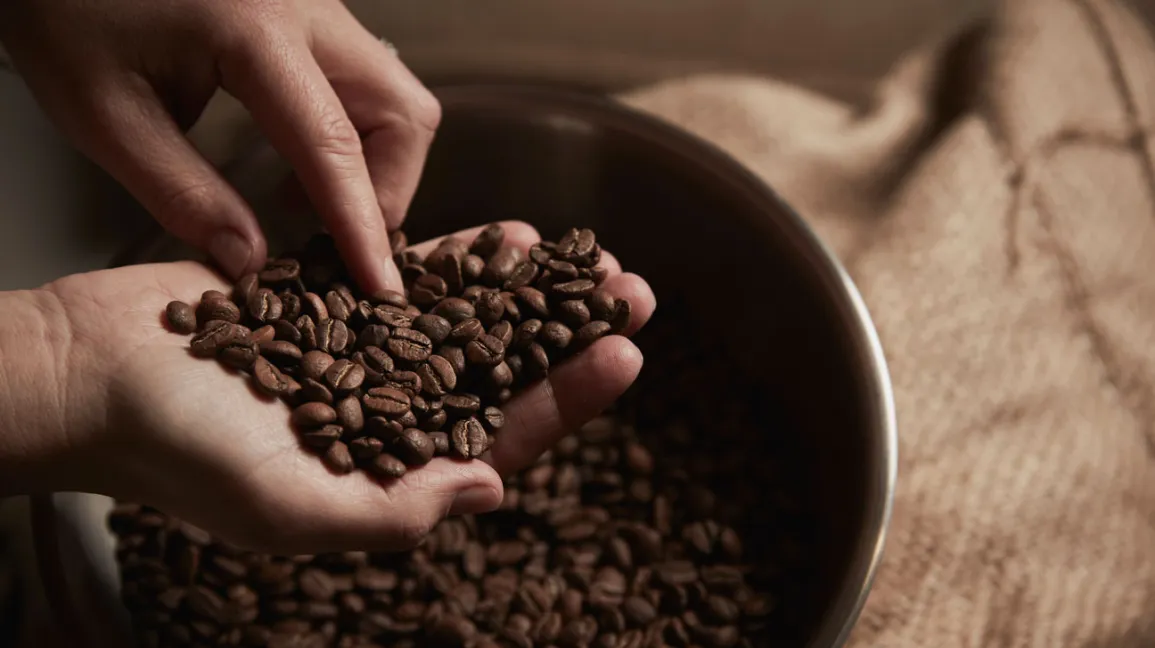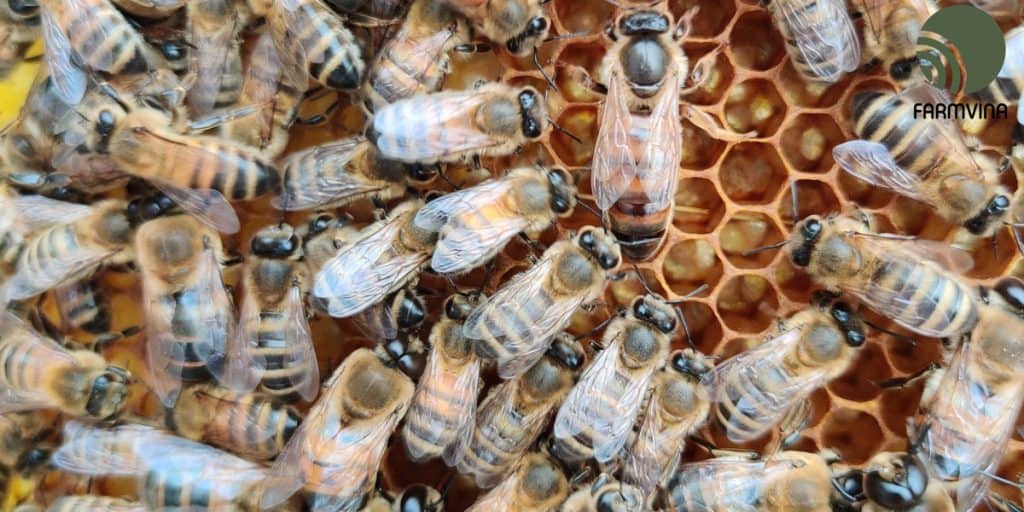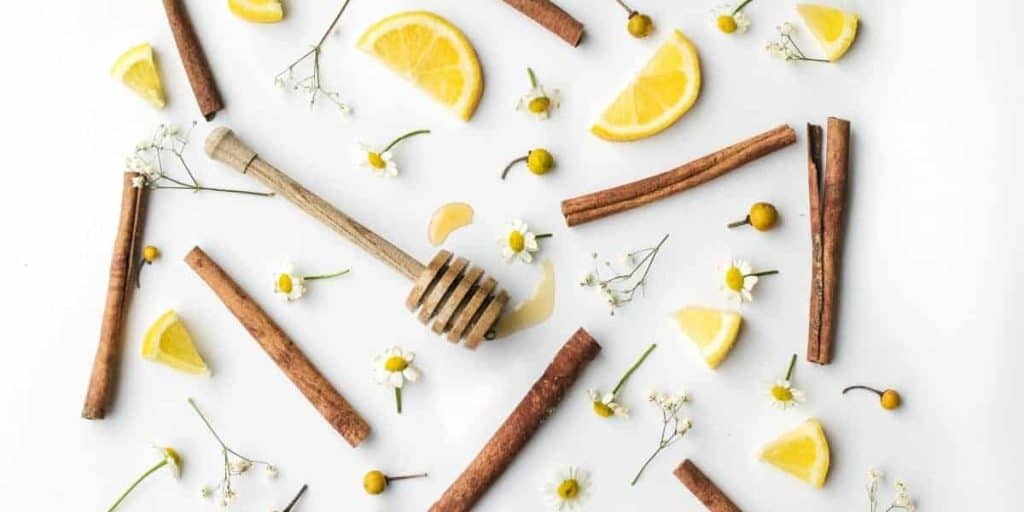Coffee beans are typically associated with being ground up and brewed into a delicious cup of coffee. However, you may be surprised to learn that eating coffee beans can also provide a range of benefits. Not only do coffee beans offer a unique and intense flavor, but they also contain a variety of nutrients and antioxidants that can contribute to overall health and well-being.
In this article, we will explore the history of coffee bean consumption, the nutritional value of coffee beans, the different types and flavors of coffee beans, as well as how to roast, store, and grind coffee beans for eating. We will also discuss creative ways to incorporate coffee beans into your diet, the potential health risks of consuming too many coffee beans, and the future of coffee bean consumption.
TL;DR: Yes, you can eat coffee beans, but they have a strong and bitter flavor. While eating them provides a caffeine boost and antioxidants, it’s recommended to consume them in moderation due to their intense taste and potential for dental issues. Additionally, flavored or chocolate-covered coffee beans are popular alternatives for those seeking a more palatable experience.
The History of Coffee Bean Consumption
The consumption of coffee dates back centuries and has a rich history that spans across different cultures and continents. The origins of coffee can be traced back to Ethiopia, where legend has it that a goat herder discovered the energizing effects of coffee after noticing his goats becoming more lively after eating the berries from a certain tree.
From there, the cultivation and consumption of coffee spread throughout the Arabian Peninsula and eventually reached Europe in the 17th century.
Initially, coffee was consumed in the form of a beverage made from brewed coffee beans. However, over time, people began experimenting with different ways to consume coffee beans directly. In some cultures, roasted coffee beans were ground into a powder and mixed with animal fat or butter to create an energy-rich snack. In other cultures, coffee beans were chewed or eaten as a stimulant.
The Nutritional Value of Coffee Beans
Coffee beans are not only rich in flavor but also contain a variety of nutrients that can contribute to overall health. One notable nutrient found in coffee beans is caffeine, which is a natural stimulant that can increase alertness and improve cognitive function. In addition to caffeine, coffee beans also contain antioxidants, such as chlorogenic acid and quinides, which have been shown to have anti-inflammatory and anti-cancer properties.
Coffee beans are also a good source of vitamins and minerals, including potassium, magnesium, and niacin. These nutrients play important roles in maintaining healthy bodily functions, such as regulating blood pressure, supporting bone health, and promoting energy production.
The Different Types of Coffee Beans and Their Flavors
There are several different types of coffee beans, each with its own unique flavor profile. The most common types of coffee beans are Arabica and Robusta. Arabica beans are known for their delicate and nuanced flavors, often described as fruity or floral. They have a lower caffeine content compared to Robusta beans and are generally considered to be of higher quality.
On the other hand, Robusta beans have a stronger and more bitter taste. They contain more caffeine than Arabica beans and are often used in espresso blends for their rich crema and bold flavor. Other less common types of coffee beans include Liberica and Excelsa, which have their own distinct flavors and characteristics.
How to Roast Coffee Beans at Home
Roasting coffee beans at home can be a rewarding experience that allows you to customize the flavor profile of your coffee. To roast coffee beans at home, you will need green coffee beans, an oven or stovetop, a baking sheet or pan, and a timer.
First, preheat your oven or stovetop to the desired temperature. The ideal roasting temperature can vary depending on personal preference and the type of coffee beans you are using. Generally, a temperature between 400-450°F (204-232°C) is recommended.
Next, spread the green coffee beans evenly on a baking sheet or pan. Place the sheet or pan in the preheated oven or on the stovetop and set the timer. The roasting time can also vary depending on personal preference and the desired roast level. Lighter roasts typically require less time, while darker roasts require more time.
During the roasting process, it is important to monitor the beans closely to prevent them from burning. Stir the beans occasionally to ensure even roasting and check their color and aroma. Once the beans reach your desired roast level, remove them from the oven or stovetop and let them cool completely before grinding or consuming.
The Best Ways to Store Coffee Beans for Maximum Freshness
Proper storage is essential for maintaining the freshness and flavor of coffee beans. Exposure to air, light, moisture, and heat can all degrade the quality of coffee beans over time. To keep your coffee beans fresh for as long as possible, follow these tips:
– Store coffee beans in an airtight container: Transfer your coffee beans to a container with a tight-fitting lid to prevent air from entering and oxidizing the beans.
– Keep coffee beans away from light: Light can cause coffee beans to deteriorate faster, so store them in a dark place, such as a pantry or cupboard.
– Avoid moisture: Moisture can lead to mold growth and spoilage, so make sure your coffee beans are stored in a dry environment.
– Protect from heat: Heat can accelerate the staling process of coffee beans, so avoid storing them near sources of heat, such as stovetops or ovens.
– Only grind what you need: Grinding coffee beans exposes more surface area to air, which can cause them to lose flavor more quickly. To maximize freshness, only grind the amount of coffee you need for each brewing session.
By following these storage tips, you can ensure that your coffee beans stay fresh and flavorful for longer periods of time.
How to Grind Coffee Beans for Eating
Grinding coffee beans is an important step in preparing them for consumption. The grind size can affect the flavor and extraction of the coffee, so it is important to choose the right grind size for your desired brewing method.
There are several methods for grinding coffee beans, including using a coffee grinder, a mortar and pestle, or a blender. The most common method is to use a coffee grinder, which allows you to control the grind size more precisely.
To grind coffee beans using a coffee grinder, follow these steps:
1. Measure the desired amount of coffee beans based on your recipe or personal preference.
2. Adjust the grind size on your coffee grinder to the appropriate setting. For example, if you are brewing espresso, you will need a fine grind, while a coarser grind is suitable for French press.
3. Add the coffee beans to the grinder and secure the lid.
4. Press the button or turn the dial to start grinding. Grind the beans in short bursts to prevent overheating and ensure an even grind.
5. Once the desired grind size is achieved, remove the lid and transfer the ground coffee to a container or directly into your recipe.
If you don’t have a coffee grinder, you can use a mortar and pestle or a blender as alternative methods. However, keep in mind that these methods may not produce as consistent or uniform results as a dedicated coffee grinder.
Creative Ways to Incorporate Coffee Beans into Your Diet
While eating coffee beans on their own can be enjoyable, there are also many creative ways to incorporate them into your diet. Here are some fun and unique ideas:
1. Coffee bean trail mix: Combine roasted coffee beans with nuts, dried fruits, and dark chocolate for a delicious and energizing snack.
2. Coffee bean granola: Add crushed coffee beans to your homemade granola recipe for an extra boost of flavor and caffeine.
3. Coffee bean crust: Crush coffee beans and use them as a crust for meats or fish to add a unique and aromatic flavor.
4. Coffee bean smoothie: Blend coffee beans with your favorite fruits, yogurt, and milk for a refreshing and caffeinated smoothie.
5. Coffee bean chocolate bark: Melt dark chocolate and mix in crushed coffee beans before spreading it out on a baking sheet to cool and harden. Break into pieces for a decadent treat.
These are just a few examples of how you can get creative with incorporating coffee beans into your diet. Feel free to experiment and find new ways to enjoy the unique flavors and benefits of coffee beans.
The Health Risks of Eating Too Many Coffee Beans
While coffee beans can provide a range of benefits, it is important to consume them in moderation. Eating too many coffee beans can lead to several potential health risks, primarily due to their caffeine content.
Caffeine is a stimulant that can increase heart rate, blood pressure, and alertness. Consuming excessive amounts of caffeine can lead to symptoms such as restlessness, anxiety, insomnia, and digestive issues. It can also cause caffeine overdose, which can be life-threatening in severe cases.
The amount of caffeine in coffee beans can vary depending on the type of bean and the roast level. On average, a single coffee bean contains about 6 milligrams of caffeine. It is estimated that consuming more than 400 milligrams of caffeine per day can lead to negative health effects.
It is important to be mindful of your caffeine intake and consider any other sources of caffeine in your diet, such as coffee, tea, energy drinks, and chocolate. If you have any underlying health conditions or are sensitive to caffeine, it is best to consult with a healthcare professional before incorporating coffee beans into your diet.
The Future of Coffee Bean Consumption
As more people become interested in exploring new flavors and incorporating unique ingredients into their diets, the future of coffee bean consumption looks promising. Coffee beans offer a wide range of flavors and can be enjoyed in various forms, from whole beans to ground coffee to extracts.
In recent years, there has been a growing trend of using coffee beans in culinary creations, such as desserts, sauces, and marinades. Chefs and food enthusiasts are discovering the versatility of coffee beans and the depth of flavor they can add to dishes.
Additionally, the rise of specialty coffee shops and the increasing popularity of home brewing methods have sparked a renewed interest in the quality and origin of coffee beans. People are becoming more knowledgeable about different types of coffee beans, their flavor profiles, and the importance of sustainable sourcing.
With advancements in technology and a growing appreciation for the unique qualities of coffee beans, it is likely that we will continue to see new and innovative ways to enjoy them in the future.
Why You Should Try Eating Coffee Beans Today
In conclusion, eating coffee beans can provide a range of benefits, from their unique flavors to their nutritional value. Coffee beans are rich in antioxidants, vitamins, and minerals that can contribute to overall health and well-being. By roasting, storing, grinding, and incorporating coffee beans into your diet creatively, you can enjoy their flavors and reap their potential benefits.
However, it is important to consume coffee beans in moderation and be mindful of your caffeine intake. Eating too many coffee beans can lead to potential health risks associated with caffeine overdose.
If you are interested in exploring new flavors and adding a unique ingredient to your diet, give eating coffee beans a try. Experiment with different types of beans, roast levels, and recipes to find what suits your taste preferences. Whether you enjoy them on their own as a snack or incorporate them into your favorite dishes, coffee beans offer a versatile and flavorful addition to your culinary repertoire.
Originally posted 2023-04-25 10:59:45.





